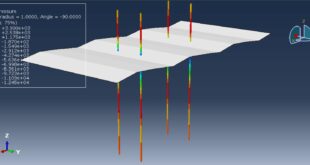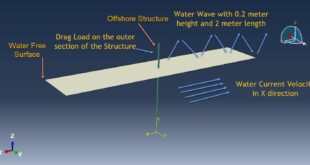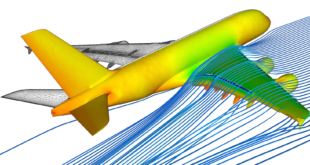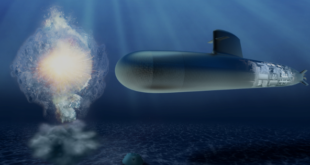Introduction to Ice Simulation in Abaqus
Abaqus, a powerful finite element analysis (FEA) software developed by Dassault Systèmes, is widely used to simulate complex mechanical behaviors in various materials and structures. One of its advanced applications is simulating ice and its interaction with structures, which is particularly important in industries such as aerospace, marine, and civil engineering
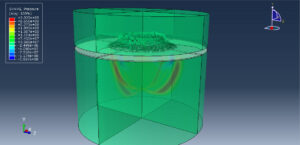
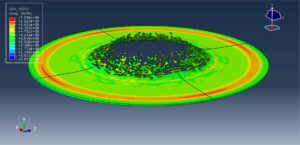
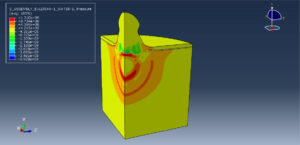
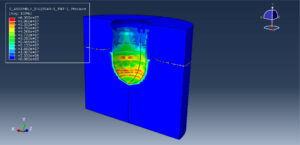
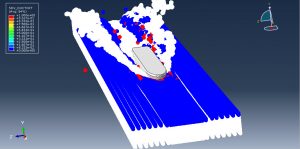
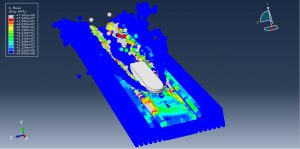
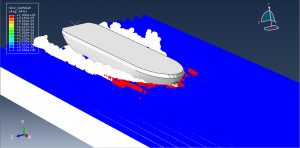
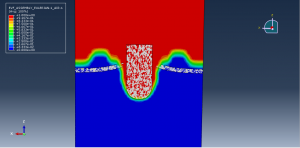
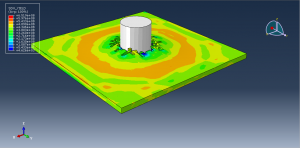
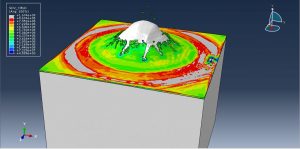
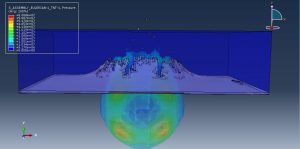
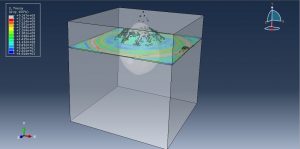
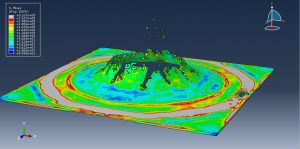
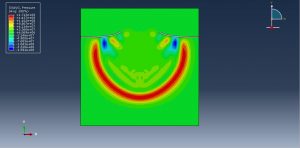
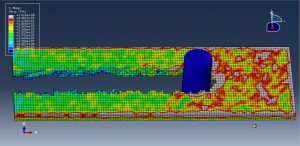
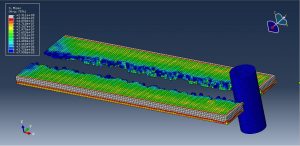
Key Aspects of Ice Simulation in Abaqus
Elastic-Plastic Behavior: Ice can be modeled as an elastic-plastic material where it behaves elastically under small strains but yields and flows plastically under higher stresses
Temperature-Dependent Properties: The mechanical properties of ice, such as Young’s modulus, Poisson’s ratio, and yield strength, are highly dependent on temperature. Abaqus allows for the incorporation of temperature-dependent material properties to accurately simulate ice behavior under different thermal conditions
Creep and Viscoelasticity: Ice exhibits creep and viscoelastic behavior, especially under long-term loading. Abaqus provides constitutive models to capture these time-dependent deformations
Contact and Interaction
Ice-Structure Interaction: Simulating the interaction between ice and structures (e.g., ship hulls, and offshore platforms) is crucial. Abaqus offers robust contact algorithms to model complex interface behavior, including friction, adhesion, and separation
Cohesive Zone Models: For simulating ice cracking and fracture, cohesive zone models can be used to represent the initiation and propagation of cracks in ice
Dynamic Analysis
Impact and Collision: Ice impact on structures, such as ship-ice collisions, can be simulated using explicit dynamic analysis in Abaqus. This helps in assessing the structural integrity and designing for impact resistance
Wave-Ice Interaction: For offshore applications, the interaction between waves and ice can be modeled to study the dynamic response of ice floes and their effect on marine structures
Fracture and Damage
Brittle Fracture: Ice is a brittle material and can fracture under tensile or shear stresses. Abaqus provides various fracture mechanics tools to model crack initiation and propagation in ice, the Johnson-Holmquist model is a good material model to define Ice as a brittle material.
Damage Models: Continuum damage mechanics can be used to simulate the progressive degradation of ice under loading, leading to failure
Applications of Ice Simulation in Abaqus
Aerospace: De-icing systems, ice accretion on aircraft surfaces, and the impact of ice on aerodynamic performance
Marine: Ice-structure interaction for ships and offshore platforms, icebreaking operations, and the design of ice-resistant structures
Civil Engineering: Ice loads on bridges, dams, and other infrastructure in cold regions, and the study of ice jams and their impact on water flow

Conclusion of the above statements
Ice simulation in Abaqus is a multidisciplinary challenge that involves material modeling, thermal analysis, dynamic response, and fracture mechanics. By leveraging the advanced capabilities of Abaqus, engineers, and researchers can gain valuable insights into the behavior of ice and its interaction with structures, leading to safer and more efficient designs in ice-prone environments
In this package, there are six tutorials, each tutorial includes cae, inp, code of the brittle material like VUMAT, paper, and step-by-step English video. During this package, you’ll learn all the details about ice in Abaqus. You can check the below as the tutorial content
A) Numerical investigation on damage characteristics of ice sheet subjected to underwater explosion load in Abaqus
B) Simulation ship moving through an Ice-Water path in Abaqus by using the SPH method
C) Simulation steel projectile impact to the water covered by ice layer in Abaqus
D) Simulation of ice damage under underwater near-field explosion by using the CEL method in Abaqus
E) Simulation CEL explosion on the Ice surface in interaction with water and air in Abaqus
F) Simulation ice breaking by using brittle damage criterion in Abaqus
The cost of this package is Sixty-One Euros, you can use a PayPal account(the best way), a Visa, or a Mastercard for the payment. If you have any questions, contact us at abaqusfem.com@gmail.com
 Abaqus tutorials Abaqus tutorials
Abaqus tutorials Abaqus tutorials
